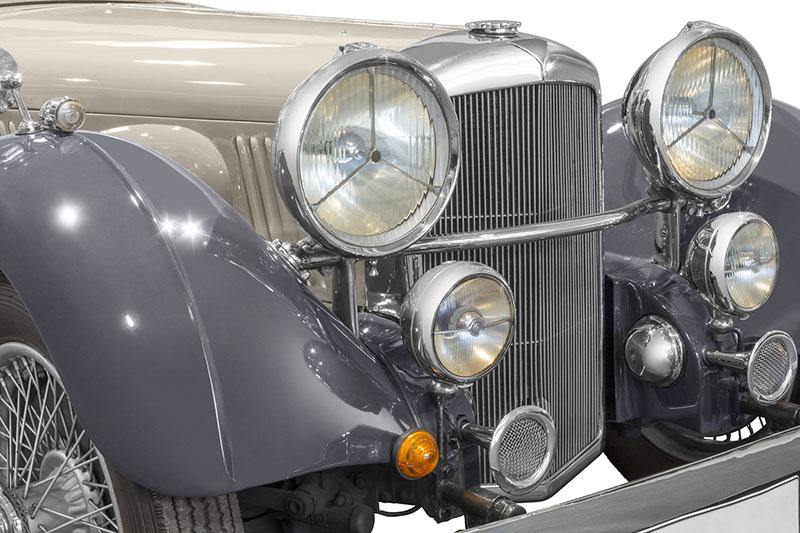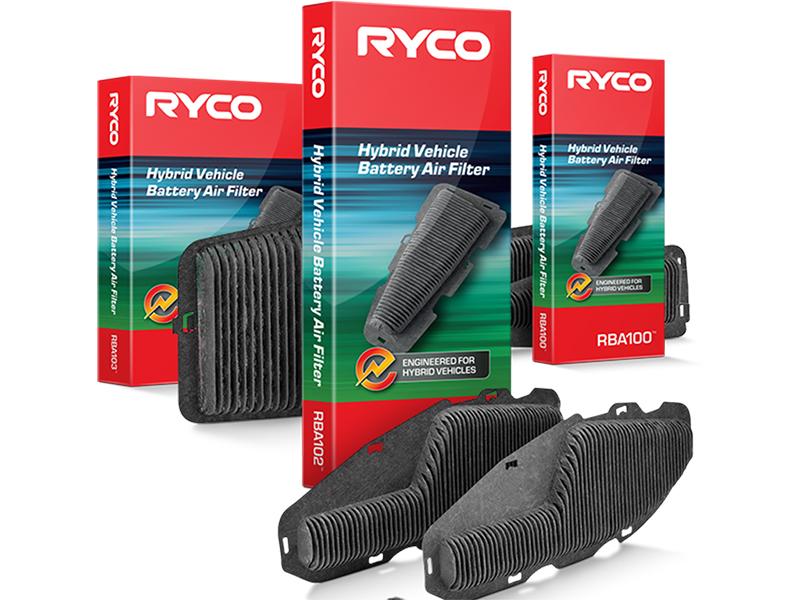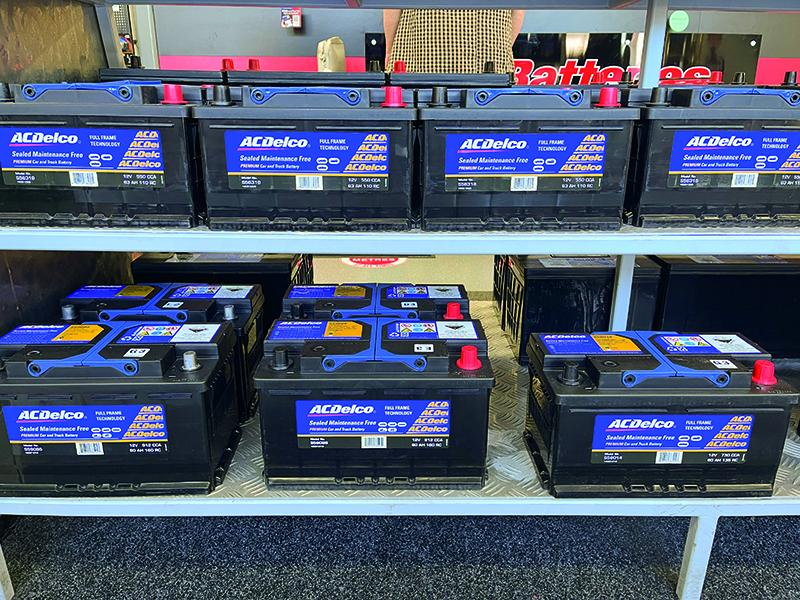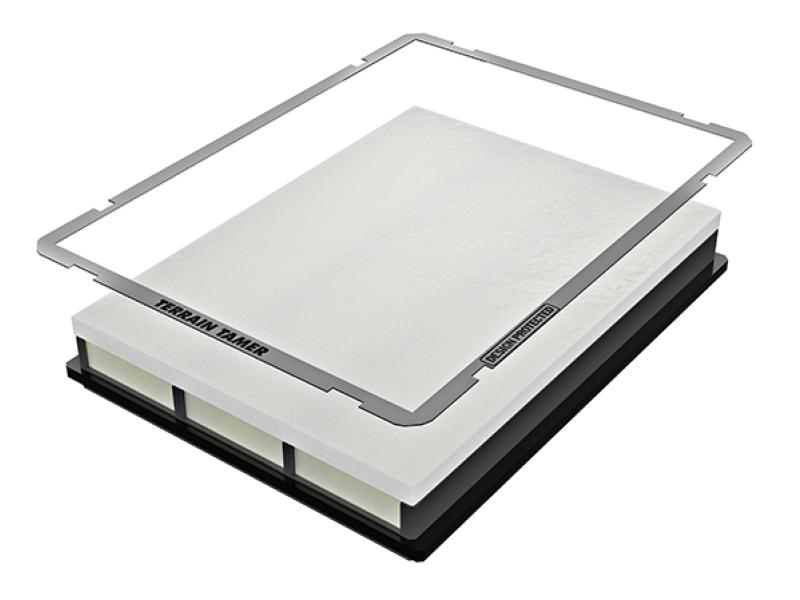When you view a car for the first time you’re probably immediately drawn to the headlights. As well as being an important stylistic feature, headlights also help to define a car’s character.
Modern car headlights are a world away from the acetylene or oil lamps of yesteryear. Modern LED headlights provide a wide range of vision and can save drivers money over the lifetime of a car and are increasingly becoming a standard feature in new car models.
We’ve taken a look at how car headlight technology has evolved from the 19th century to today.
Acetylene lamps
The earliest headlights were introduced in the late 1880s and fuelled by acetylene or oil. Acetylene lamps proved popular with manufacturers because the flame was resistant to wind and rain. Mirrors were placed behind the flame to focus the light forwards, although the beam itself wasn’t particularly focused. This made them less effective at night because the light scattered into the night sky rather than being directed at an object or the road ahead.
Electric headlights
In the early 1900s, carmakers began to develop electric headlights, although they took a decade or so to become industry standard, as it was difficult to create a dynamo small enough to fit in the car and still produce enough power to light the bulb.
Peerless was the first manufacturer to introduce electric headlights across its range in 1904, and four years later Pockley Automobile Electric Lighting offered a complete set of electric lights including headlights, rear lights and sidelights, which were powered by an eight-volt battery. By 1912, Cadillac created the modern vehicle electric system by integrating its electrical ignition system with its lighting setup.
Sealed beam headlights
By 1939, sealed beam lights had been introduced, and these used a parabolic reflector, as well as a lens and a filament sealed together. This system offered a brighter, more focused light source by utilising a tungsten filament. Despite the amount of power sealed beam lights required to operate, they only provided a small amount of light, and the boiling filament would often leave dark residues on the glass, which further limited the amount of light that passed through.
In 1962, the first vehicle-mounted halogen lamps were produced in Europe. These provided brighter, more durable headlights due to the way the halogen gas reacted with the tungsten. This process gave cars incredibly high visibility, particularly on high beam settings.
High-intensity discharge headlights
High-intensity discharge (HID) lamps emit light by creating an electrical arc between two metal electrodes through an inert gas, inside a glass bulb. Far more efficient than traditional bulbs, HID headlights create far more light in relation to the amount of energy used. This in turn revolutionised how car headlights looked, as units could be smaller without affecting the amount of light they produced. Designers therefore had more freedom to develop headlights in increasingly creative ways.
HIDs became popular in the early 2000s, as they offered drivers a clearer image of the road, while lasting three times as long as halogen bulbs and consuming less energy. HIDs require specific assemblies to focus the light source correctly on the road ahead.
LED headlights
Light-emitting diodes (LEDs) are very useful light sources as they are bright, need little energy to illuminate and can last for a very long time. Whereas the slender filament of wire in a traditional halogen bulb will degrade over time and lead to eventual failure, LEDs don’t have a filament, instead using a semiconductor that releases photons of light when an electric charge is applied.
The quality of light that LEDs project is better too. Blue lights are more illuminating and provide more contrasts, making it easier for drivers to distinguish objects at night. This cuts driver fatigue and is less blinding for other road users, as well as making it easier to see in conditions where there is poor visibility.
The first all-LED set of headlights came in 2007, while the first car to have all-LED headlights, daytime running lights and turn indicators followed two years later. Back then, these were restricted strictly to the luxury car market. Since then, manufacturers such as Hyundai Motor have pushed to democratise the technology, making it more widely available to a greater number of people at more affordable prices.
The final stage of Hyundai Motor’s car design is the application of innovative headlamps that combine functionality with an emotional touch. The Hyundai IONIQ’s full-LED headlamps and vertical C-shaped LED Daytime Running Lights help give it its signature look, for example.






